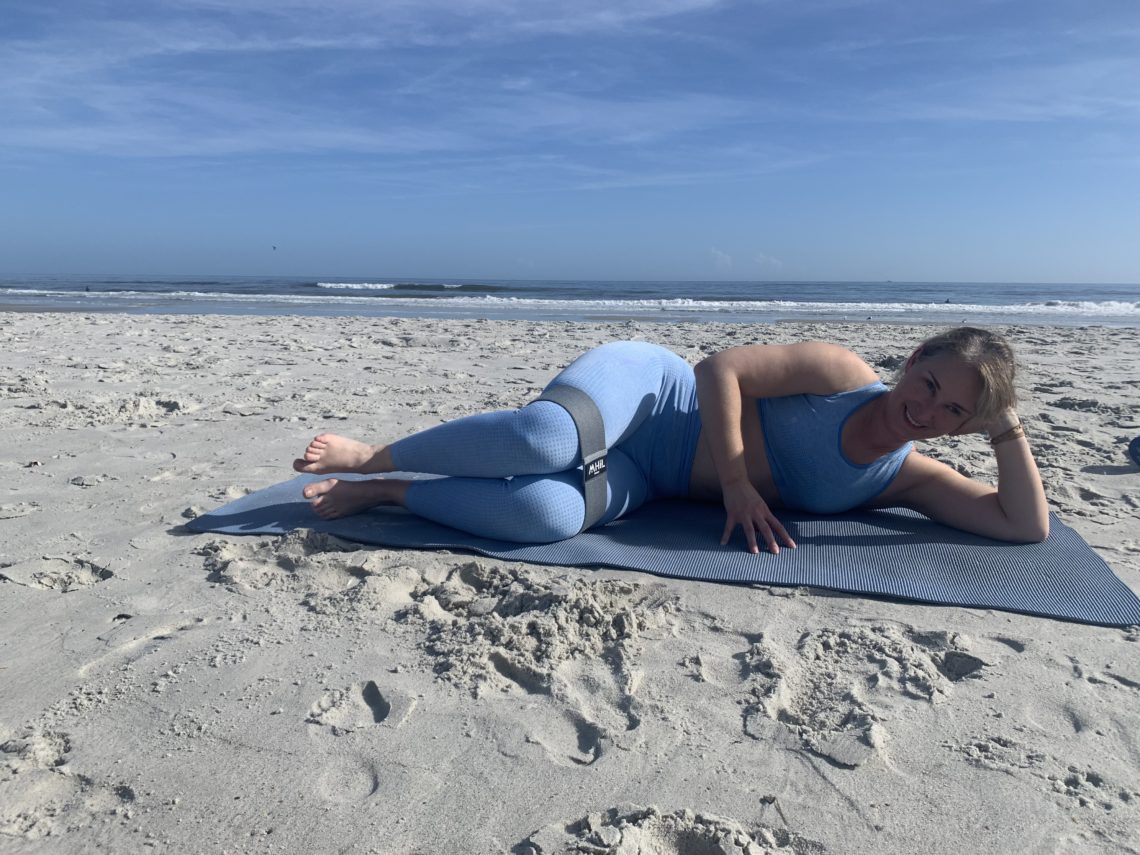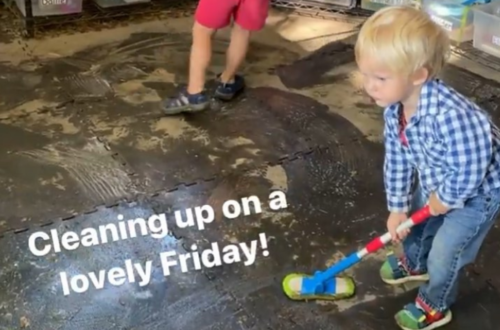
Teaching Yoga
Getting a yoga teacher certification had been on my “want to do” list for a long time, probably since I started consistently practicing yoga in graduate school. I knew there was a lot more order and structure to the practice then the intention-setting and series of poses we would flow through in the crowded practices I was able to attend. The cost, however, was far higher than a graduate student could afford and the time commitment, on top of school, made it impractical. Sure, I knew people who did it and then had a side gig teaching yoga, but the cost-benefit never worked out for me. I could always make more fixing computers.
Then, as life moved on, it continued to be impractical. Yoga certifications required significant in-person class time, something hard to commit to when you’re moving around or have small children. So it was always put off, one of those things I’d try to do when the children were older or I could afford to take a few months off work just to do yoga.
When covid hit, like everyone, I was first struggling to figure out how to always stay at home. How to keep the kids engaged so I could work was perhaps the biggest struggle, but also how to take care of myself and give myself the mental stimulation I needed that had previously come from regular adventuring.
Yoga teaching, meanwhile, pivoted more and more online and teacher trainings followed. The Yoga Alliance issued rules allowing trainings to happen online in an effort to help schools keep their doors open and many schools adapted. Some offered “live” classes over zoom while others recorded everything. Some offered a mix. The prices dropped as online classes allow for greater volume at lower overhead. And, for two years, you could complete your training completely online and get certified.
I don’t know if the Yoga Alliance will extend this program, and I certainly think the online programs missed a lot, from building a cohort of peers who are all learning the same material to having an in-person teacher able to adjust and improve your practice. Nonetheless, it allowed someone like me, who was otherwise years from being able to take a training, to make it happen.
Live classes were the hardest to attend as I had to get Geoff and the kids out of the house in order to make that happen. Recorded classes were easier, I could stop those every ten minutes if needed to address whatever nonsense was going on. I could practice early in the morning or in the evening, mostly without kids crawling on me.
It took 8 months to get in the required 200 hours, read the books, review the content, and pass the exam. By that point, our local yoga studio was open again and I was able to shoot a class, with the help of two friends, that was reviewed by the owner of the teacher training program. The feedback I got was detailed, and not surprising, except that it would have been nice to get that kind of feedback throughout the whole program instead of just at the end.
However, if you truly want to master something, you need to teach it. So I took on Saturday morning all levels yoga, teaching a group of 4-7 students the basic flows. At first, I tripped over my words and cues, laughing, forgetting my place, totally misguiding certain poses, and completely forgetting when to use props. But I improved. The common poses that we flow through in most classes I built ways to talk about. I got better at cuing without having to do the movements myself, leaving me a little better able to watch the class and provide adjustments and support.
More fun, for me, was learning about the rest of the path of yoga. The asanas, the physical postures practiced in most yoga classes, is only one of the eight limbs of yoga. The rest are ethical guidelines, breathing, and meditation practices developed and refined over centuries to help a seeker on their spiritual path. Applying the rest of the concepts goes well beyond an hour or so on a mat into every moment and interaction, making yoga a truly lifetime practice.





